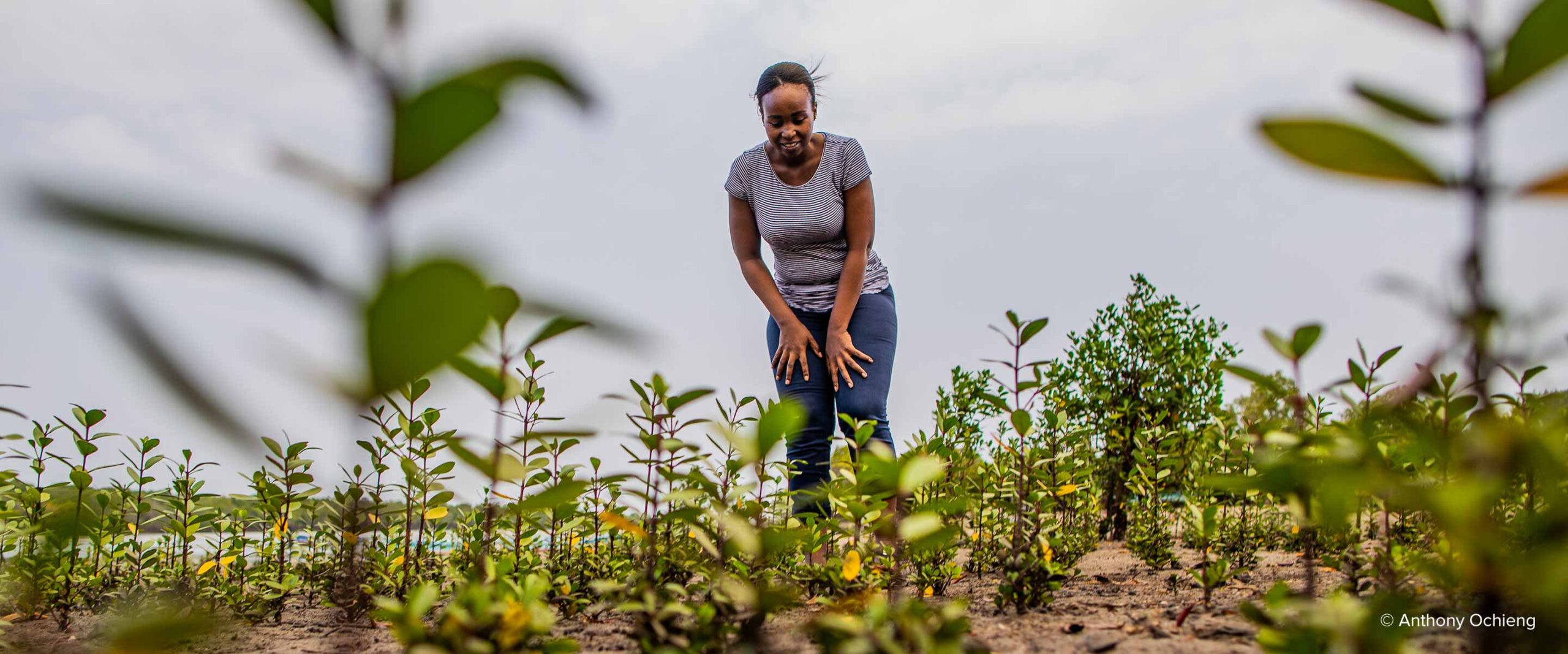
Mikoko Pamoja is a community-based project that is protecting and restoring mangrove forests along Kenya’s southern coast. By conserving these valuable blue carbon ecosystems and creating livelihood opportunities, the project is fostering marine health and improving the resilience of coastal communities. Funds from carbon offsets support community initiatives that supply...